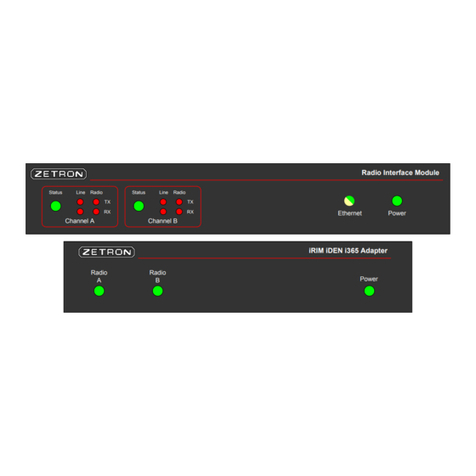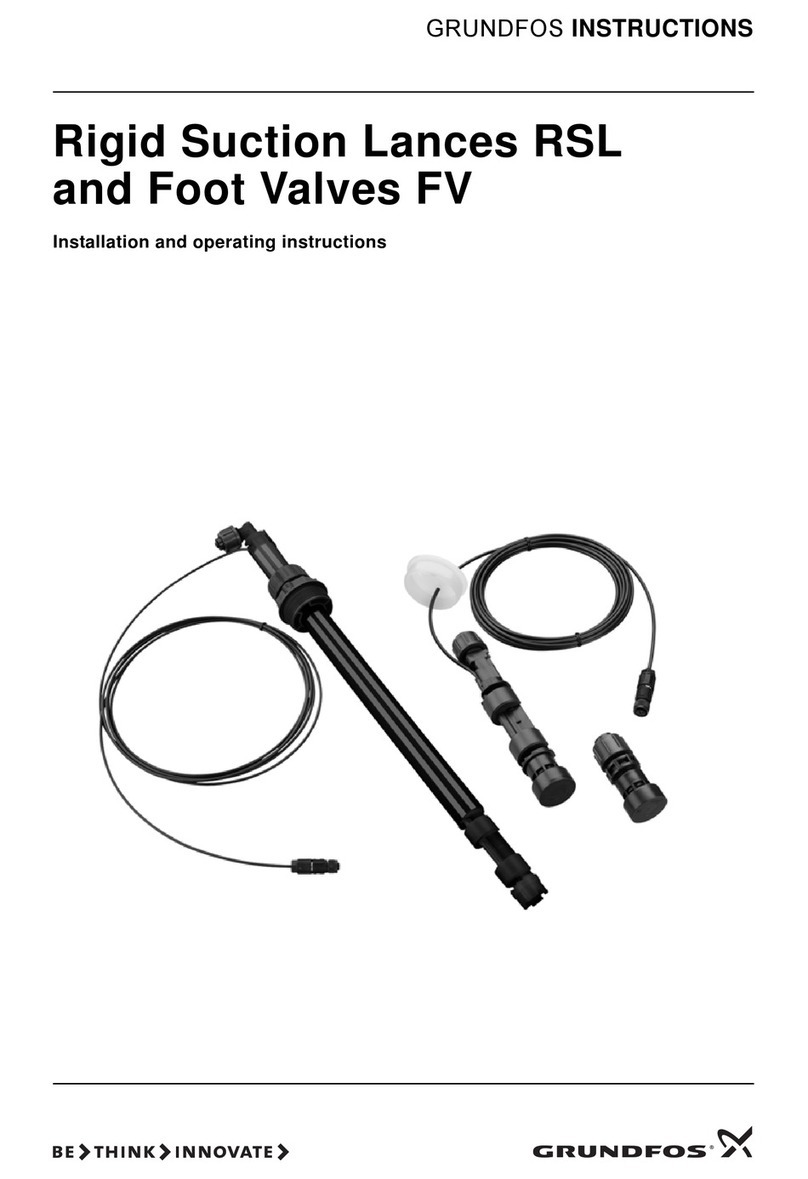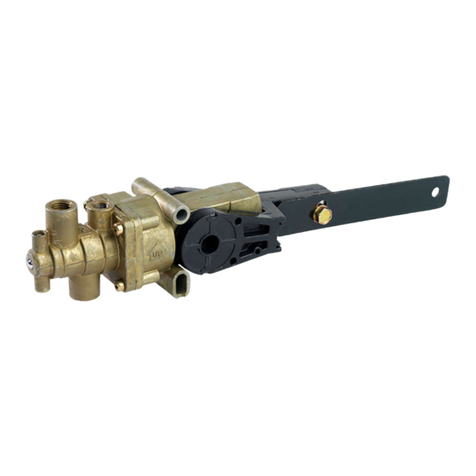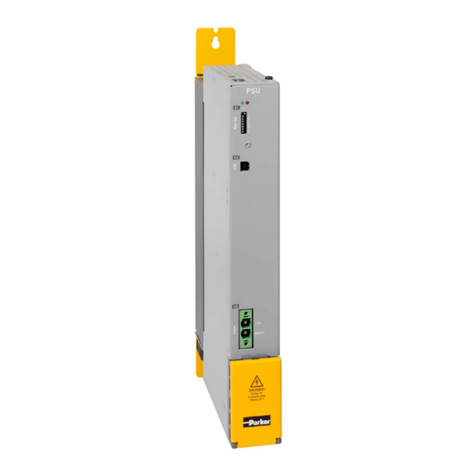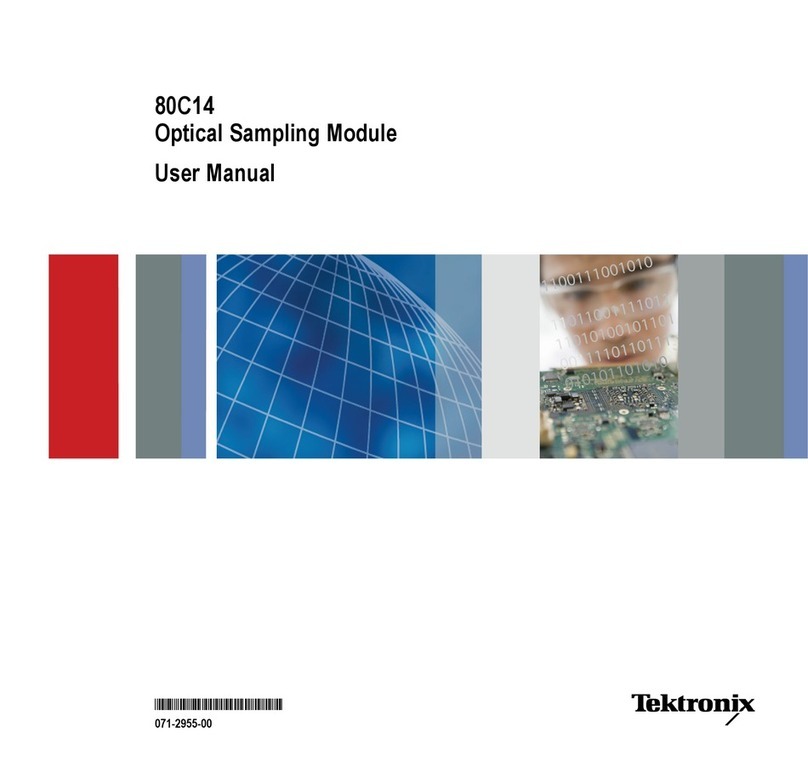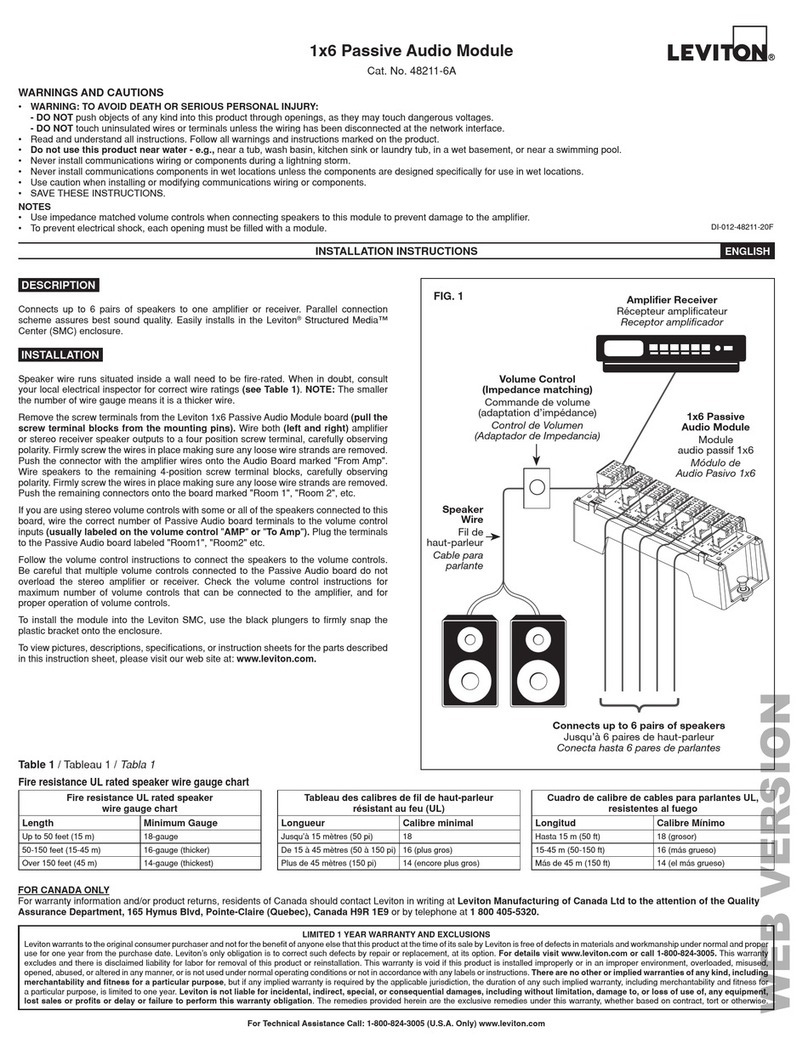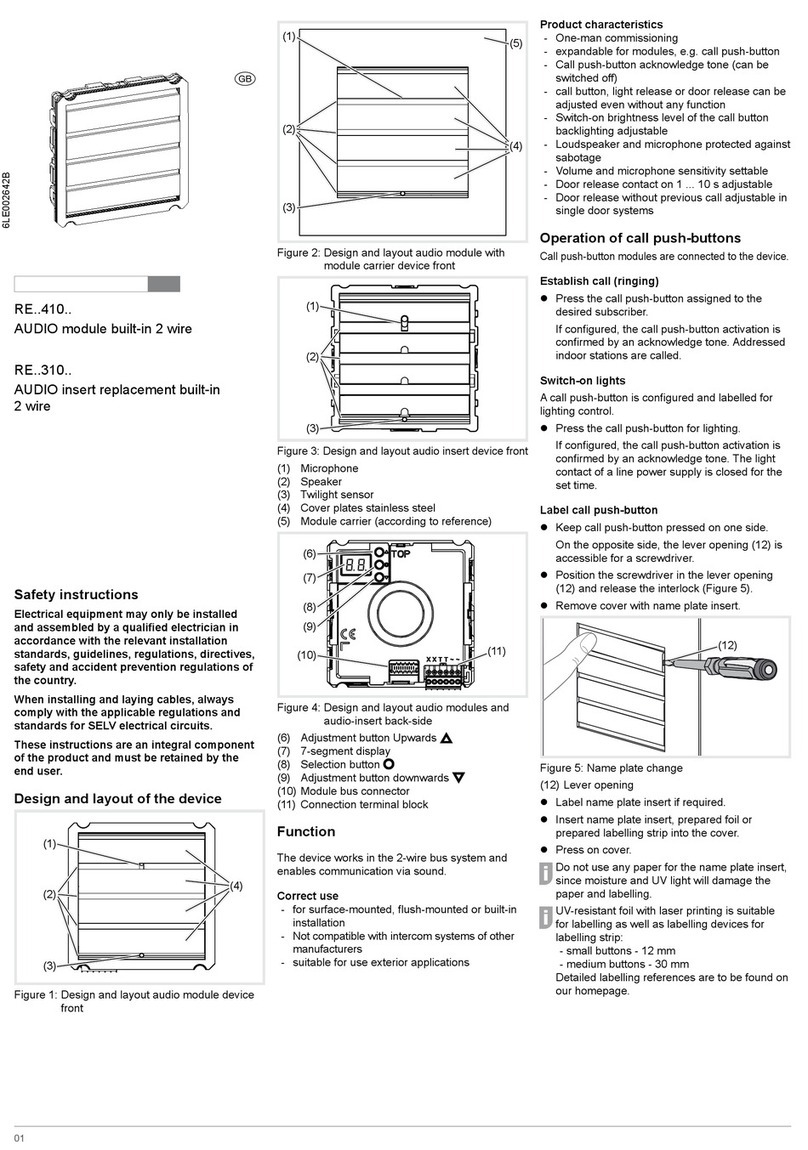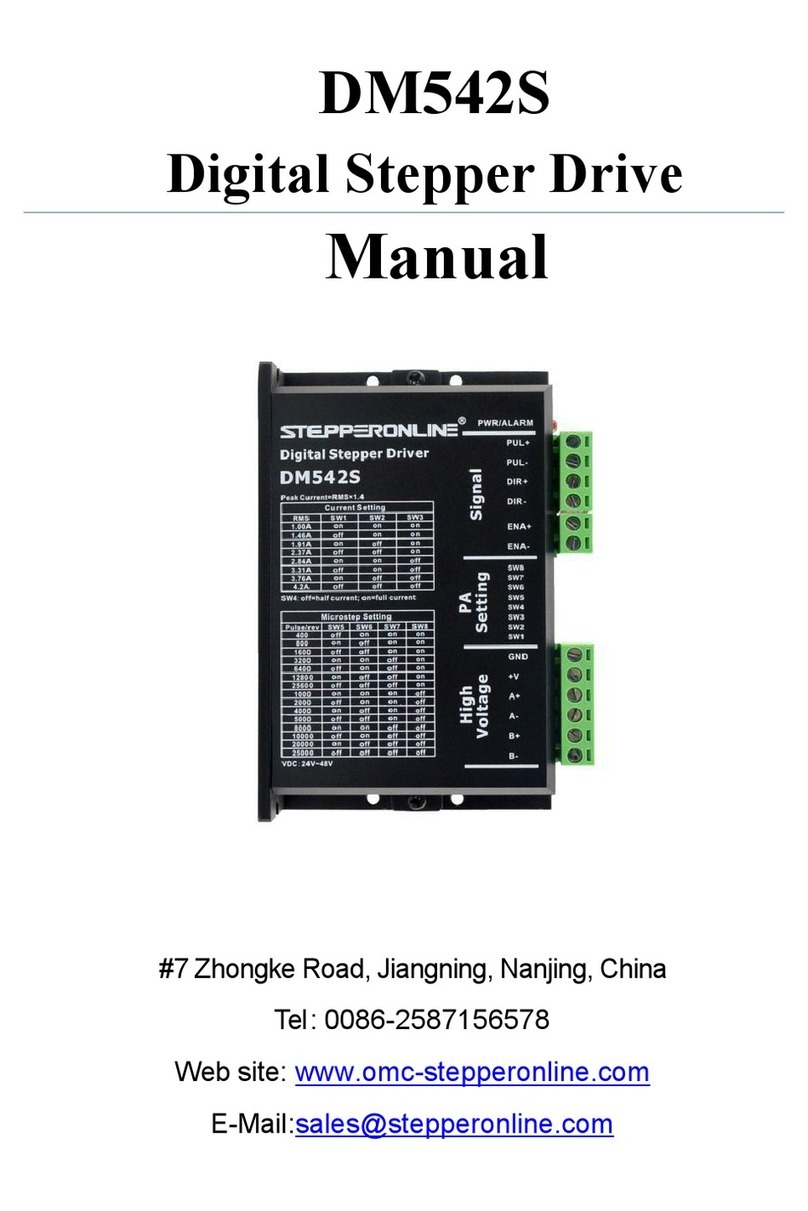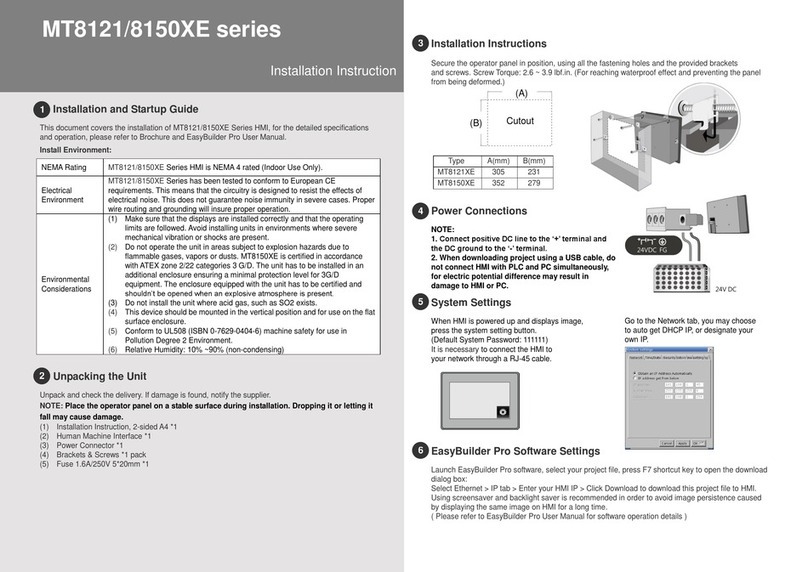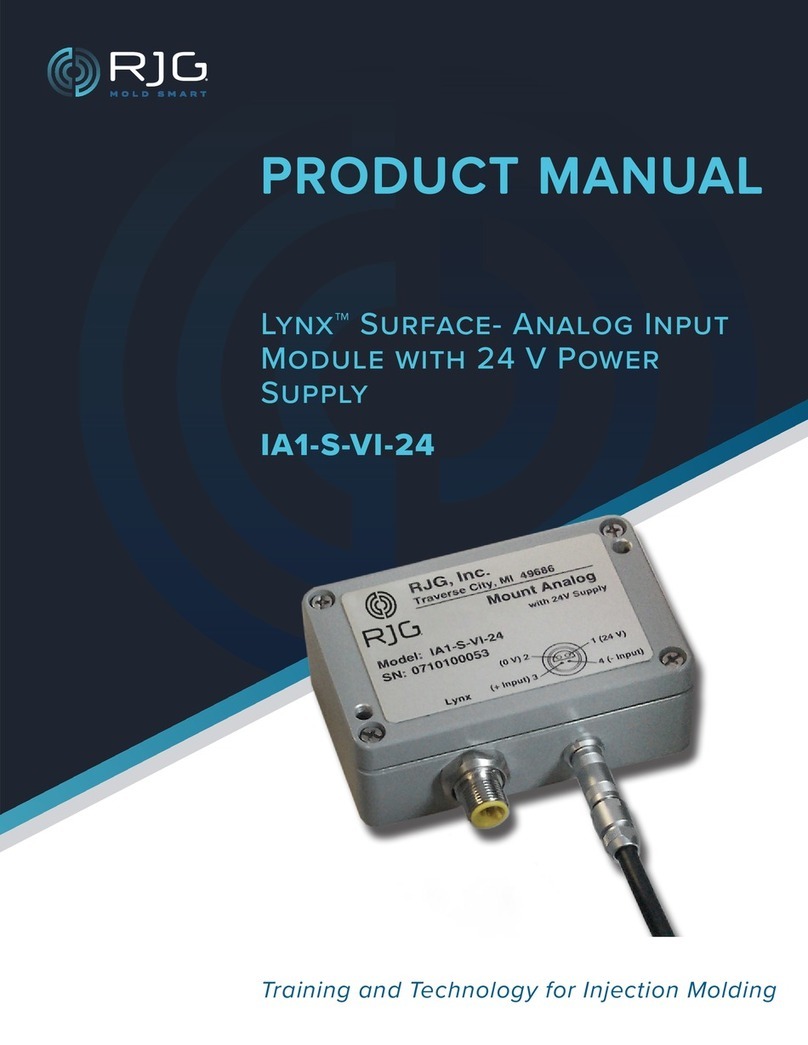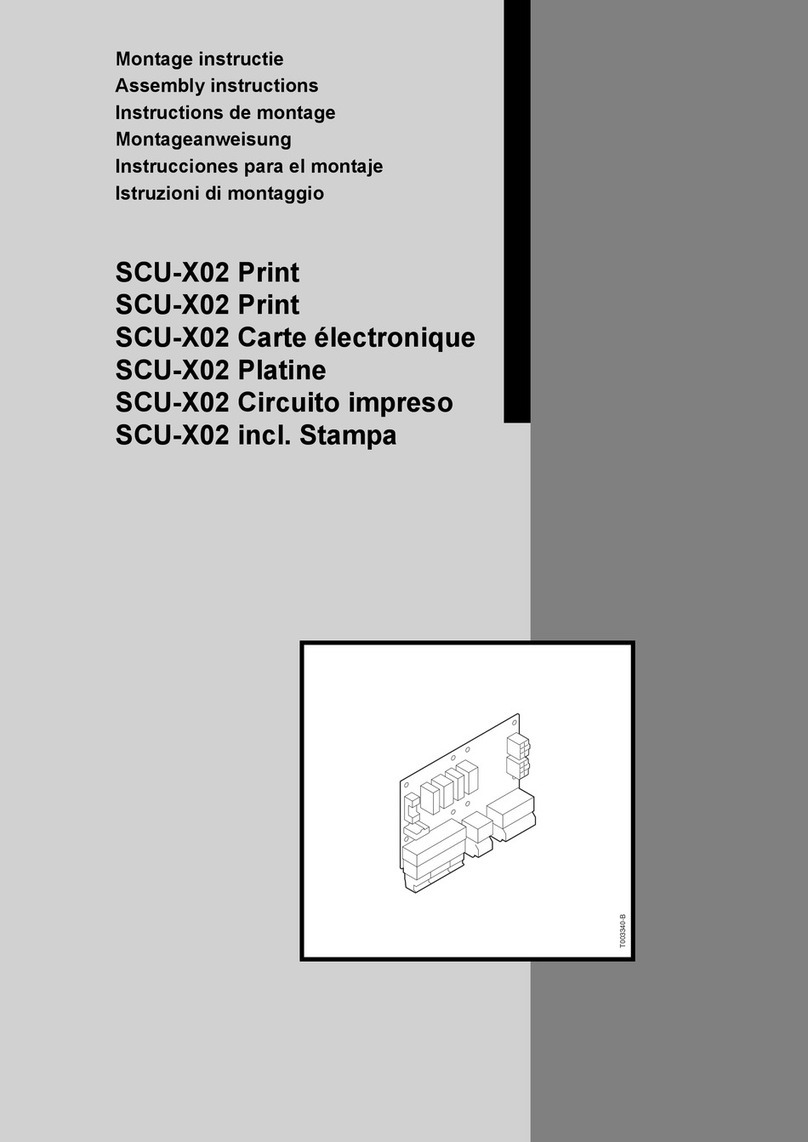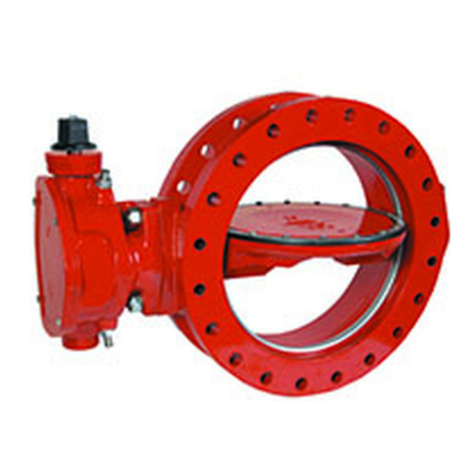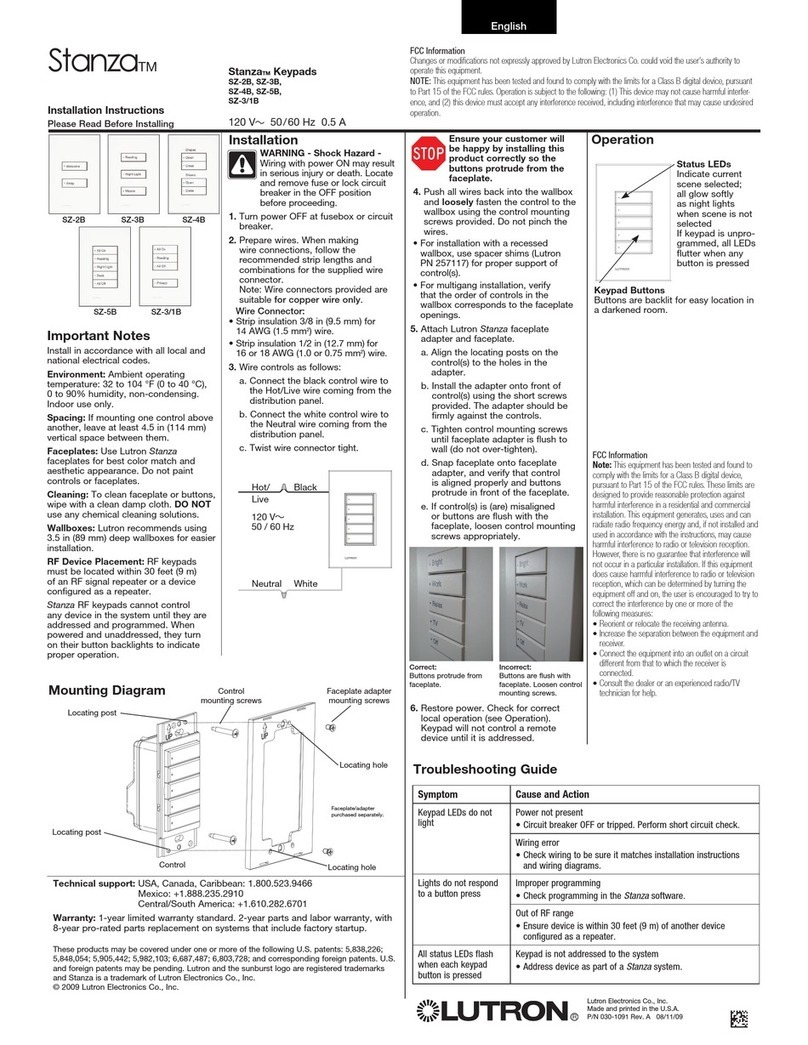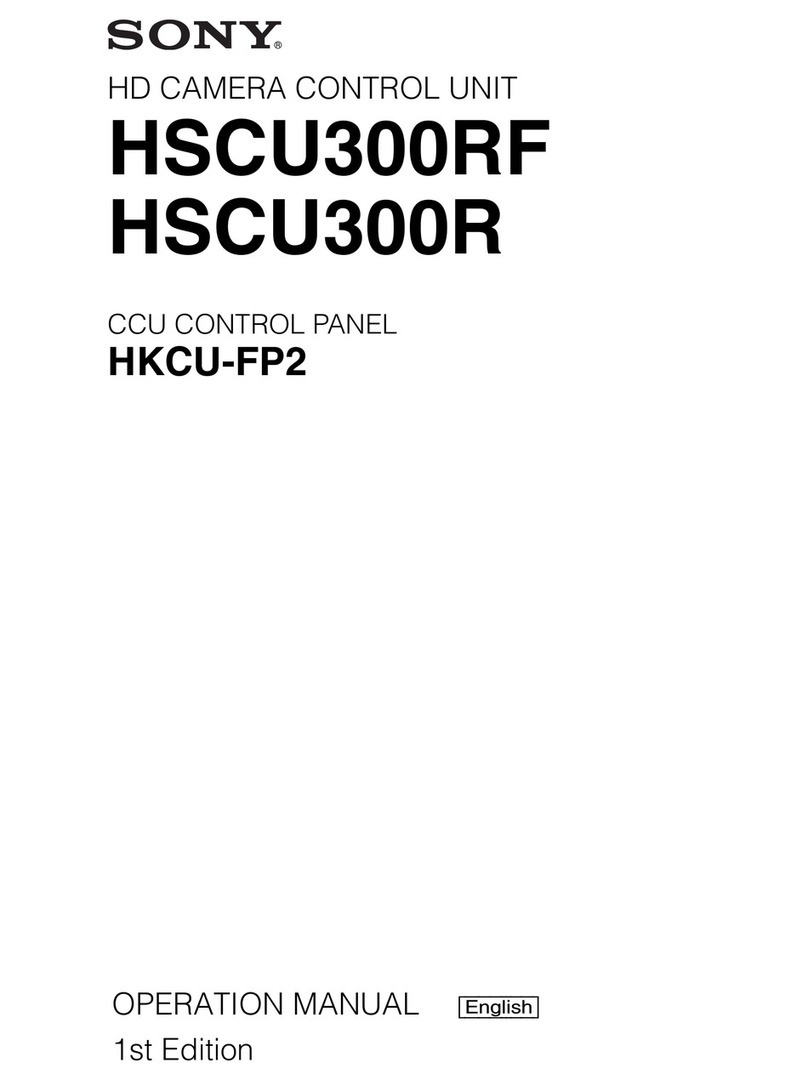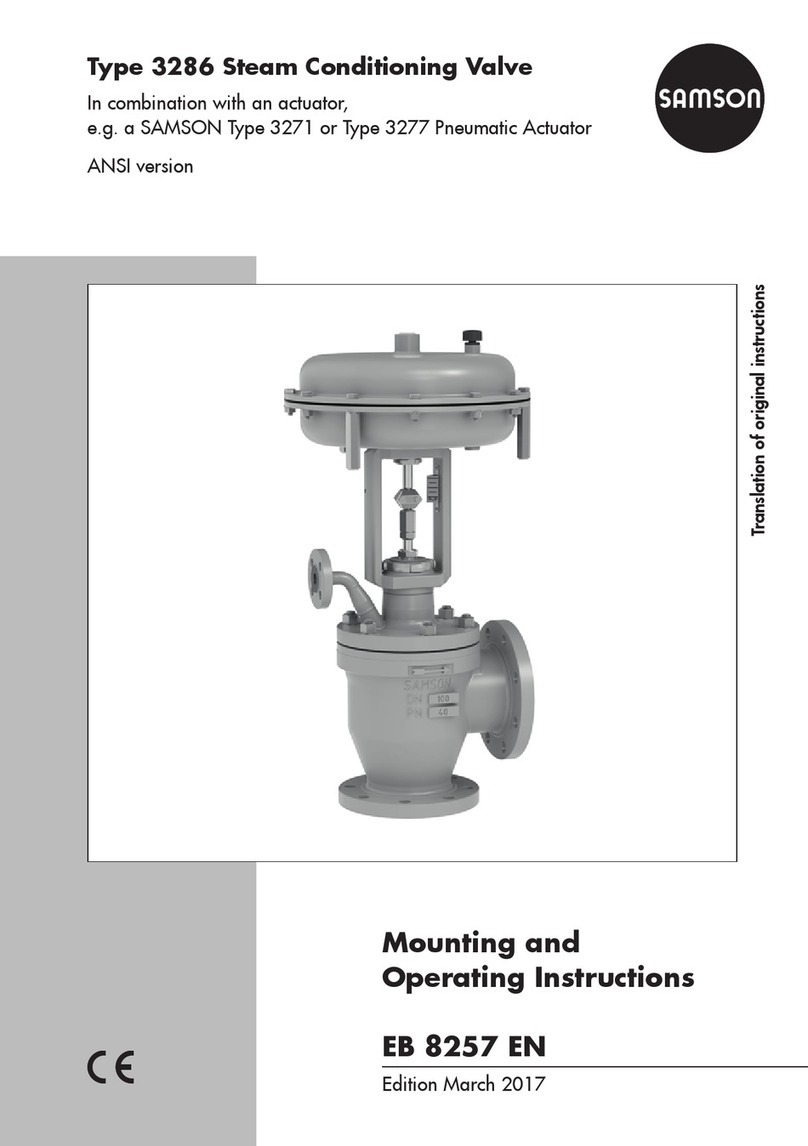Profire Energy PF3100 Series Manual

PROFIRE PID Operator Guide
PID Staging
November 2017
PROFIRE
1.855.776.3473
solutions@profireenergy.com Page 1 of 7
PROFIRE PID Operator Guide
PID Staging

PROFIRE PID Operator Guide
PROFIRE
1.855.776.3473
solutions@profireenergy.com Page 2 of 7
1. Starting the System
Determining Run Status
If the UI is not running, the status light of the BMS (located in the top left corner of the enclosure ) will
be red. Additionally, on waking the system the appliance (in this case Heater 1) on the System Overview
page will have a red indicator light as seen below.
Starting an appliance
If the system is not running, select the appliance using the key. From the appliance Status screen, check
that there is no asterisk next to the Alerts tab (as pictured here: ). If there is an asterisk, navigate
to the Alerts tab and refer to the Alarms Manual or contact your supervisor.
Once it has been determined that the system is safe to run press the key.
This dialog allows an operator to start one particular appliance, or all appliances.
After selecting This Appliance or All Appliances, the system will attempt to start.

PROFIRE PID Operator Guide
PROFIRE
1.855.776.3473
solutions@profireenergy.com Page 3 of 7
2. PID Staging
PID staging is a function that switches process control between two different temperature inputs depending
on defined conditions.
Typical Usage
When first approaching the PF3100: if the system is running, the outlet temperature should be noted. If the
outlet temperature is at its setpoint (or within a reasonable tolerance of the setpoint), then most likely the
system is performing as expected. This guide will help highlight where to look to ensure proper function of
PID Staging setup, as well as what to do in the event of unexpected behavior.
Pressing any key on the PF3100 keypad will wake the UI from sleep and should display the System Overview
screen.
From here, use the arrow keys to navigate to the appliance in question (in this example, Heater 1).

PROFIRE PID Operator Guide
PROFIRE
1.855.776.3473
solutions@profireenergy.com Page 4 of 7
Once highlighted, press the key to access the appliance Status screen
The appliance Status screen displays the core data vital to the system such as the operating temperatures,
inputs, outputs, and the state of the burner(s) connected to the appliance.
Key Points
These are some of the key things to look for from the appliance Status screen:
State of the Controller(s)
Ensure that all controllers are running in a steady state. In the example above (Burner FF), the state of the
controller is listed as Low Fire which is a steady state. High Fire and Pilot can also be acceptable steady states.
Outlet Temperature
The outlet temperature should be stable (not fluctuating) and reading at the established setpoint.
Firing Rate
The Firing Rate should be stable and not wildly fluctuating.
Alerts Tab
There should be no asterisk next to the Alerts tab. If there is an asterisk (as pictured here: ), then
navigate to the Alerts tab and refer to the PF3100 Product Manual or contact your supervisor.
Any further investigation of the system requires understanding which mode the PID Staging is in. This can be
found by accessing the Settings tab, navigating to Process Control,and then Advanced PID Config and
observing which mode is selected in the PID Staging Mode setting. Please refer to Section 2 - PID Staging
Modes below for a detailed review of the modes. Once the mode is known, the PID Status can be identified.

PROFIRE PID Operator Guide
PROFIRE
1.855.776.3473
solutions@profireenergy.com Page 5 of 7
PID Status
The status of the PID can be determined by first selecting the controller (in this example, Burner FF).
Hitting the key will bring up this table and display which PID the system is currently utilizing:

PROFIRE PID Operator Guide
PROFIRE
1.855.776.3473
solutions@profireenergy.com Page 6 of 7
3. PID Staging Modes
High Input
High Input is dependent upon the staging input. When input is high, PID control is passed to the Secondary
Temperature. When input is low, PID control remains controlled by the Primary Temperature. For example:
if the input is closed the PID Status will state Secondary Control and if the input is open the PID Status will
state Primary Control.
Low Input
Low Input is dependent upon the staging input. When input is low, PID control is passed to the Secondary
Temperature. This will behave almost exactly like High Input; however, the states of the Staging Input will
do the opposite. For example: if the input is open the PID Status will state Secondary Control and if the
input is closed the PID Status will state Primary Control.
Primary in Range
When the Primary Temperature is within the setpoints, PID Control is passed to the Secondary
Temperature. The PID Status is found by selecting the controller from the appliance Status screen.
Secondary in Range
When the Secondary Temperature is within the setpoints, PID Control is passed to the Secondary
Temperature. The PID Status is found by selecting the controller from the appliance Status screen.
Primary AND Secondary in Range
Both Primary and Secondary Temperatures must be within the setpoints to pass PID Control to the
Secondary Temperature.
Primary OR Secondary in Range
Only Primary or Secondary Temperatures must be within their setpoints to pass PID Control to the Secondary
Temperature.

PROFIRE PID Operator Guide
PROFIRE
1.855.776.3473
solutions@profireenergy.com Page 7 of 7
4. PROFIRE Contact Information
If you have any concerns or questions about this information, please contact PROFIRE as follows:
U.S.
1.801.796.5127
321 South, 1250 West Suite 1
Lindon, UT
84042, USA
solutions@profireenergy.com
CANADA
1.780.960.5278
Box 3313, Bay 12, 55 Alberta Ave
Spruce Grove, AB
T7X 3A6, Canada
solutions@profireenergy.com
Other manuals for PF3100 Series
5
Table of contents
